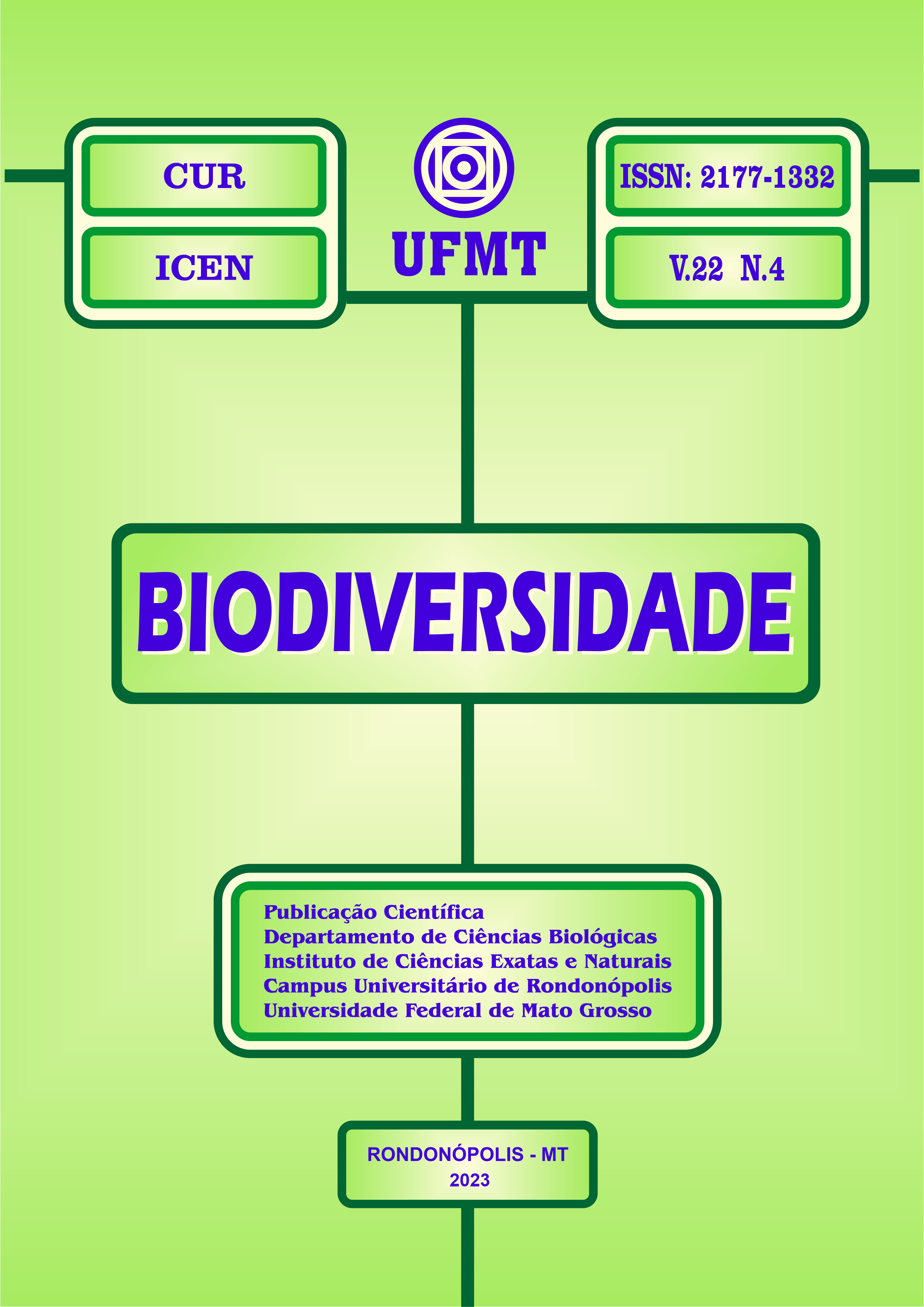CONTRIBUTIONS OF MONITORING AND RESCUE DATA TO THE DESCRIPTION OF NEW SPECIES OF BRAZILIAN HERPETOFAUNA
Resumo
Our planet's biodiversity remains largely unexplored, highlighting the need for effective biodiversity management and conservation strategies. This study investigates the role of fauna monitoring and rescue data on the discovery of new herpetofauna species in Brazilian biomes. By analyzing a comprehensive database of published literature on reptiles and amphibians in Brazil, the study evaluated the influence of data from fauna studies within the scope of environmental licensing in the description of species, examining temporal variations and espionage in the discovery of species, inspired by activities associated with the description of new species. Descriptive statistics, mechanical analysis and spatial mapping techniques were employed to analyze the collected data. Our findings clearly demonstrate the importance of this information in expanding knowledge of herpetofauna biodiversity, informing conservation strategies, and supporting ecosystem management and policy decisions. The study revealed a significant increase in the number of published studies on amphibians and reptiles over the years. Positive correlations between the number of species described and the years of publication were observed for both groups. Fauna monitoring and rescue activities also contribute to the description of species, although they represent a small percentage of the total known species in Brazil. The year 2018 stood out as the year with the highest number of species of species, and environmental impact studies played a significant role in the discovery of new species. Amphibians had a greater number of described species than reptiles, with emphasis on the Amphisbaenidae family among reptiles. The Amazon Forest and Cerrado were identified as regions with high species diversity. The Hylidae family was the most representative among amphibians, while Amphisbaenidae dominated among reptiles. Hydroelectric dams and road construction were the main types of projects associated with the description of new species. Wildlife rescue activities have also played a significant role in species discovery. This article emphasizes the importance of knowing the biodiversity of amphibians and reptiles in Brazil and highlights the increase in research and publications on these groups. The inclusion of fauna monitoring and rescue data has led to the discovery and description of new species, hopeful for scientific research and conservation planning. Preserving natural areas and implementing habitat-specific conservation measures are crucial to protecting these species. Ongoing monitoring, research and collaboration among stakeholders are essential for species identification, conservation assessment and preservation of Brazil's wildlife diversity.




